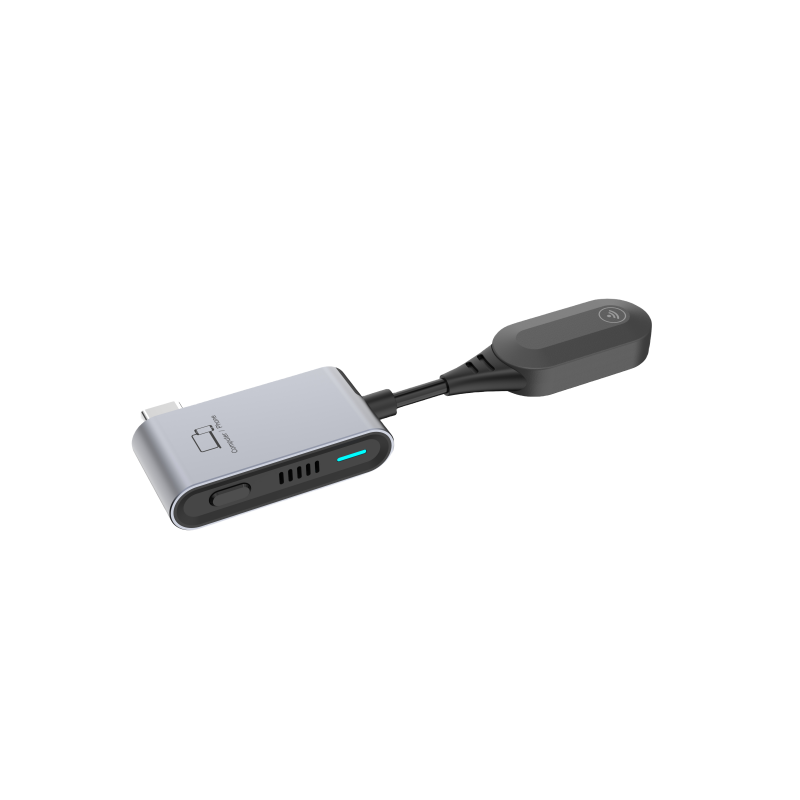
In the world of audiovisual technology, connectivity and signal distribution are crucial for an immersive and seamless experience. Two commonly used devices for this purpose are HDMI splitters and HDMI hubs. Although they may seem similar at first glance, there are distinct differences between the two. This article aims to provide a comprehensive understanding of the dissimilarities between HDMI splitters and HDMI hubs.
1. HDMI Splitters
HDMI splitters, as the name suggests, split a single HDMI signal into multiple outputs. They are mainly used to duplicate a video or audio signal from one source, such as a DVD player or gaming console, and display it on multiple TVs or monitors simultaneously.
Notable features of HDMI splitters:
- They can replicate both video and audio signals.
- They are typically available in versions that split the signal into 2, 4, or even more outputs.
- They can be powered or unpowered. Powered splitters have the advantage of maintaining signal strength over longer cable distances.
2. HDMI Hubs
HDMI hubs, also known as HDMI switches or matrix switches, serve a different purpose. Instead of splitting a signal, they allow multiple sources to be connected to a single display device, such as a TV or projector. Users can switch between different input sources without needing to plug and unplug cables.
Key features of HDMI hubs:
- They are used for connecting multiple HDMI source devices (e.g., Blu-ray players, gaming consoles, laptops) to a single display.
- They support bidirectional signal flow, allowing users to select which source device they want to view on the display.
- They often come with a remote control or buttons for easy source selection.
3. Differences Between HDMI Splitters and HDMI Hubs
Despite their similarities in connecting multiple devices and utilizing HDMI technology, HDMI splitters and HDMI hubs have distinct functions:
- Function: Splitters distribute the same signal to multiple displays, while hubs allow multiple sources to be connected to a single display.
- Signal Flow: Splitters send the same signal to all outputs, while hubs enable users to switch between different sources efficiently.
- Number of Connections: Splitters typically have a single input and multiple outputs, whereas hubs have multiple inputs and a single output.
- Usability: Splitters are useful in scenarios where the same content needs to be displayed on multiple screens, such as in retail spaces or entertainment venues. On the other hand, hubs are more suitable for personal or professional setups where multiple source devices are used with a single display.
In conclusion, understanding the difference between HDMI splitters and HDMI hubs is essential to ensure proper utilization of these devices in different audiovisual setups. Whether it is splitting a signal to multiple displays or connecting multiple sources to a single display, the functionality and purpose of these devices play a vital role in creating seamless multimedia experiences.



